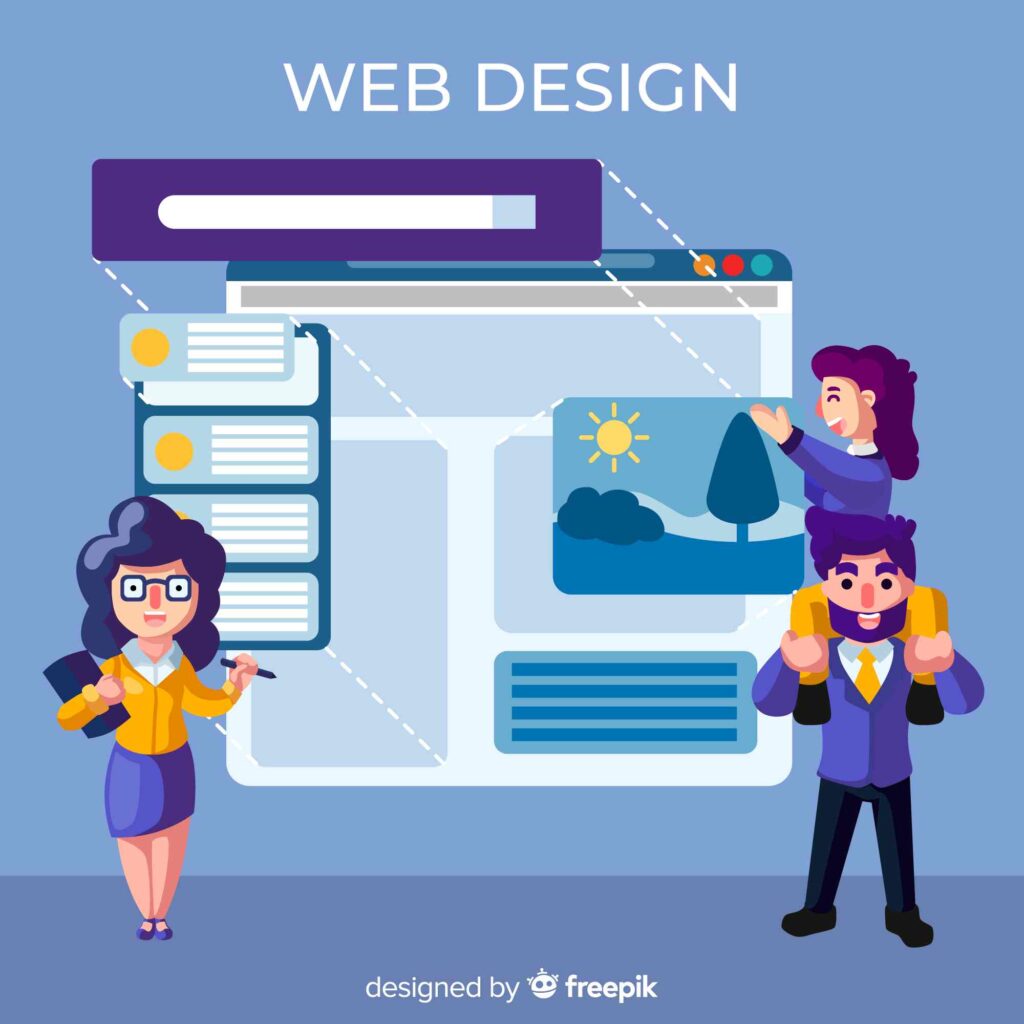In an age where online experiences define customer perceptions, crafting a user-centric website is no longer a choice – it’s a necessity. A user-centric design not only captivates visitors but also guides them seamlessly through your digital domain, fostering engagement, satisfaction, and conversions. Let’s explore the core principles and strategies that can transform your website into a user-centric masterpiece.
Understanding User-Centric Design
User-centric design places the user at the heart of the design process. It involves empathizing with their needs, behaviors, and preferences to create an experience that’s intuitive, enjoyable, and valuable. To embark on this journey, consider the following steps:
1. Define Your Audience
Understand your target audience’s demographics, interests, and pain points. This knowledge guides design decisions, ensuring that your website resonates with your users.
2. Create User Personas
Develop user personas – fictional representations of your typical users. These personas help you empathize with your audience’s goals and tailor the design to meet their needs.
3. Prioritize User Flow
Map out user journeys and interactions to ensure seamless navigation. A clear and intuitive user flow reduces friction, keeping visitors engaged and preventing bounce rates.
Key Elements of User-Centric Web Design
1. Intuitive Navigation
Navigation is the backbone of user experience. A well-organized menu structure and logical page hierarchy make it effortless for users to find what they’re looking for.
2. Mobile Responsiveness
In an era dominated by mobile devices, a responsive design is paramount. Your website must adapt seamlessly to various screen sizes, offering a consistent experience across devices.
3. Clear Call to Actions (CTAs)
Strategically placed CTAs guide users toward desired actions, such as signing up, purchasing, or contacting you. Make CTAs stand out and align them with user goals.
4. Visual Hierarchy
A clear visual hierarchy directs users’ attention to the most important elements on a page. Utilize font size, color, and spacing to guide users through the content.
5. Engaging Visuals
Visuals play a significant role in user engagement. Use high-quality images, videos, and graphics that resonate with your audience and enhance your brand’s narrative.
6. Speed and Performance
A slow-loading website frustrates users and leads to high bounce rates. Optimize images, utilize caching, and choose a reliable hosting service to ensure swift performance.
7. User-Friendly Forms
Whether it’s a sign-up form or a contact form, simplicity is key. Minimize the number of required fields and provide clear instructions to enhance user experience.
8. Content Readability
Well-structured, scannable content improves readability. Use headings, subheadings, bullet points, and concise paragraphs to make information easily digestible.
Iterative Design Process
Achieving a user-centric design involves continuous improvement through an iterative process:
1. Research and Analysis
Gather data through user surveys, analytics, and usability testing. Analyze the insights to identify pain points and areas for improvement.
2. Ideation and Prototyping
Brainstorm ideas and create wireframes or prototypes. Test these prototypes with actual users to identify potential design flaws and gather feedback.
3. Design and Development
Incorporate user feedback into the design and development phase. Focus on translating ideas into functional features that cater to user needs.
4. Testing and Optimization
Conduct usability testing to identify any usability issues or bottlenecks. Use A/B testing to compare variations and determine which design elements resonate best with users.
5. Launch and Post-Launch Analysis
Once launched, monitor user behavior and feedback. Continuously refine your design based on real-time data and user insights.
Benefits of User-Centric Design
Investing in user-centric design yields numerous benefits:
1. Improved User Satisfaction
A seamless experience fosters positive perceptions and encourages users to return.
2. Enhanced Conversions
User-centric design guides users toward conversion points, boosting your conversion rates.
3. Reduced Bounce Rates
An intuitive design reduces confusion and encourages users to explore further, lowering bounce rates.
4. Brand Loyalty
A memorable experience builds trust and encourages users to become brand advocates.
5. Competitive Advantage
A user-centric approach sets you apart from competitors and showcases your commitment to customer satisfaction.
Conclusion
Crafting a user-centric website is not a one-size-fits-all endeavor. It’s a process of constant evolution, driven by empathy, data, and a commitment to delivering the best possible experience to your users. By prioritizing their needs and aligning design choices with their preferences, you create a digital platform that resonates, engages, and leaves a lasting positive impression. Remember, a user-centric design isn’t just about aesthetics; it’s about transforming your website into a valuable tool that meets your users’ expectations and serves as a reflection of your brand’s commitment to excellence.

